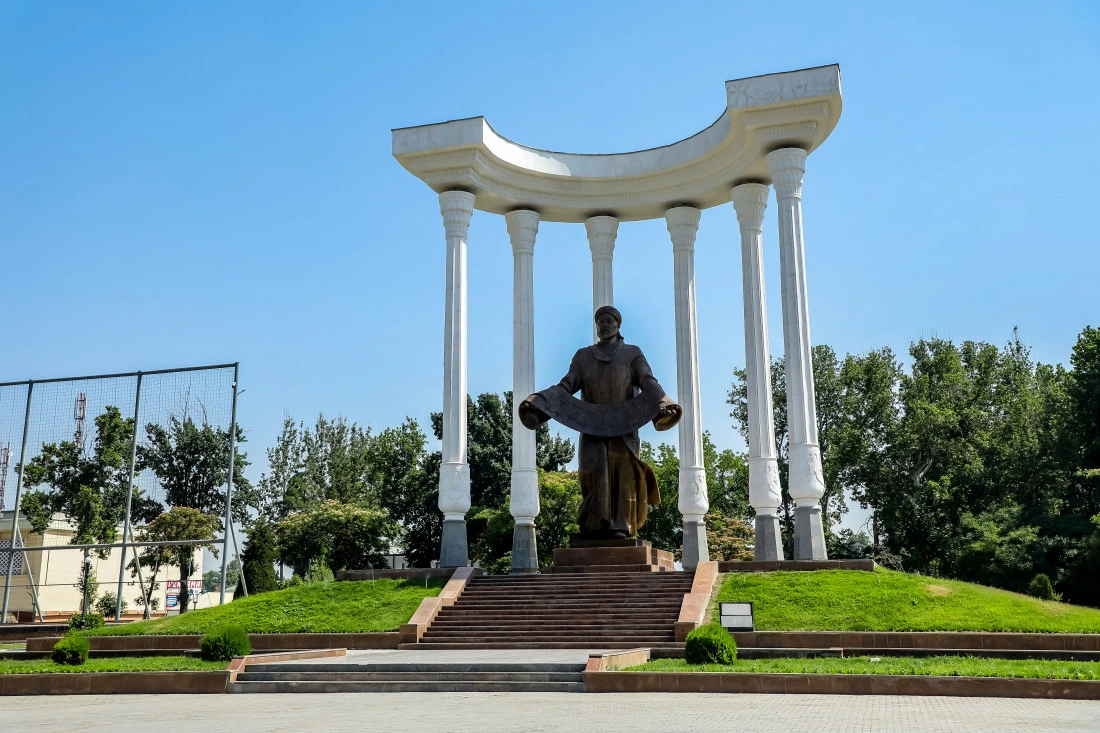🌿 Fergana: Modern Life Among Mountains and History

1. History of Fergana
Fergana is relatively young compared to other ancient cities in Uzbekistan. It was founded in 1876 after the annexation of the Kokand Khanate by the Russian Empire, originally as a military settlement called “New Margilan.” In 1907, it was renamed Skobelev, and since 1924 it has been known as Fergana.
Although it lacks ancient monuments, the region was historically connected to the Silk Road and played a crucial role in regional development due to its strategic location in the southern Fergana Valley.
2. The City Today
Fergana is a clean and modern city known for its planned layout, leafy avenues, and calm atmosphere. Since Uzbekistan’s independence, it has grown industrially and urbanistically, becoming a hub for textile, automotive, and chemical industries.
Its parks, fountains, sports facilities, and modern hotels give it a fresh and welcoming air. The abundance of trees and gardens has earned it the nickname “Garden City.”
3. Places to Visit in Fergana
Though lacking ancient ruins, Fergana offers highlights such as the Drama Theater (former Governor’s Palace), local museums, and a pleasant walking environment. The Gates of Independence, built in 1992, symbolize national renewal.
4. Nature and Day Trips
Top nearby getaways include the Chimen Spa, famed for its mineral waters, and Shahimardan, a mountainous enclave ideal for hiking and relaxing in nature, especially popular on weekends.
5. How to Get to Fergana
Fergana has its own domestic airport with regular flights. It’s also accessible by road or train from Tashkent, Andijan, and Margilan. Its location makes it an excellent base to explore the entire Fergana Valley.
